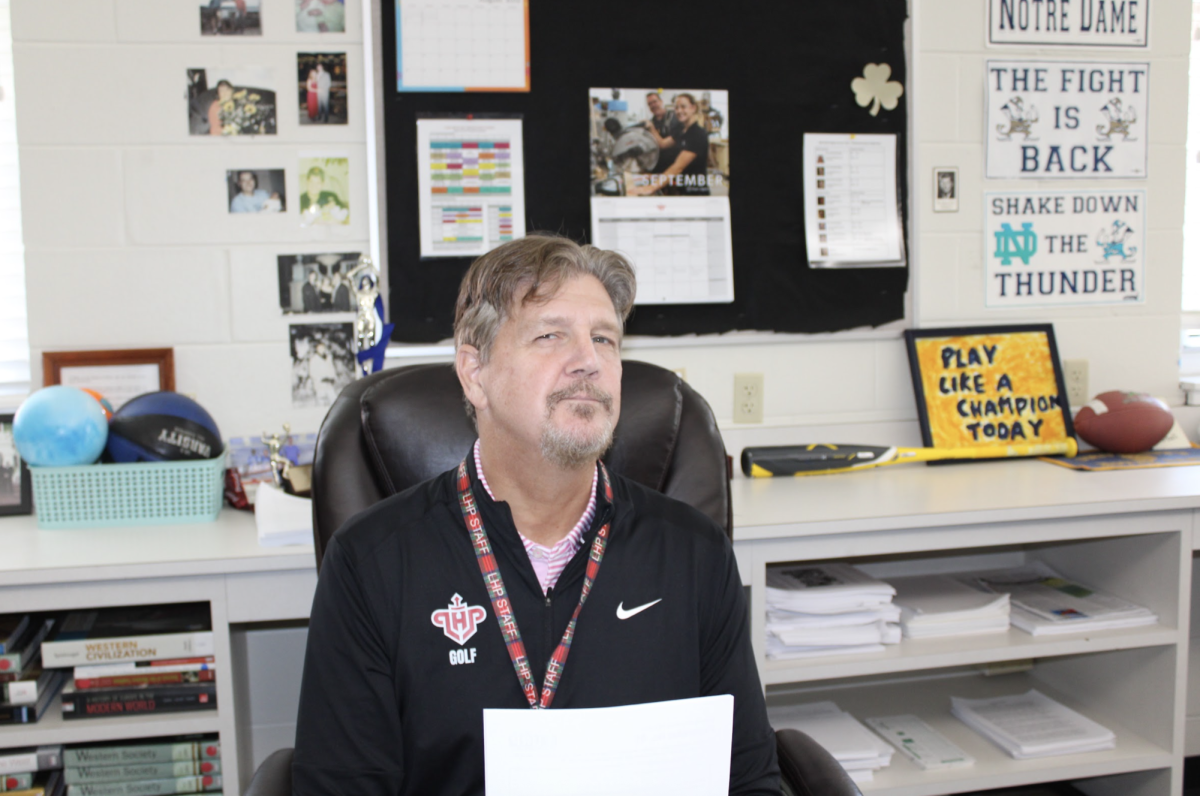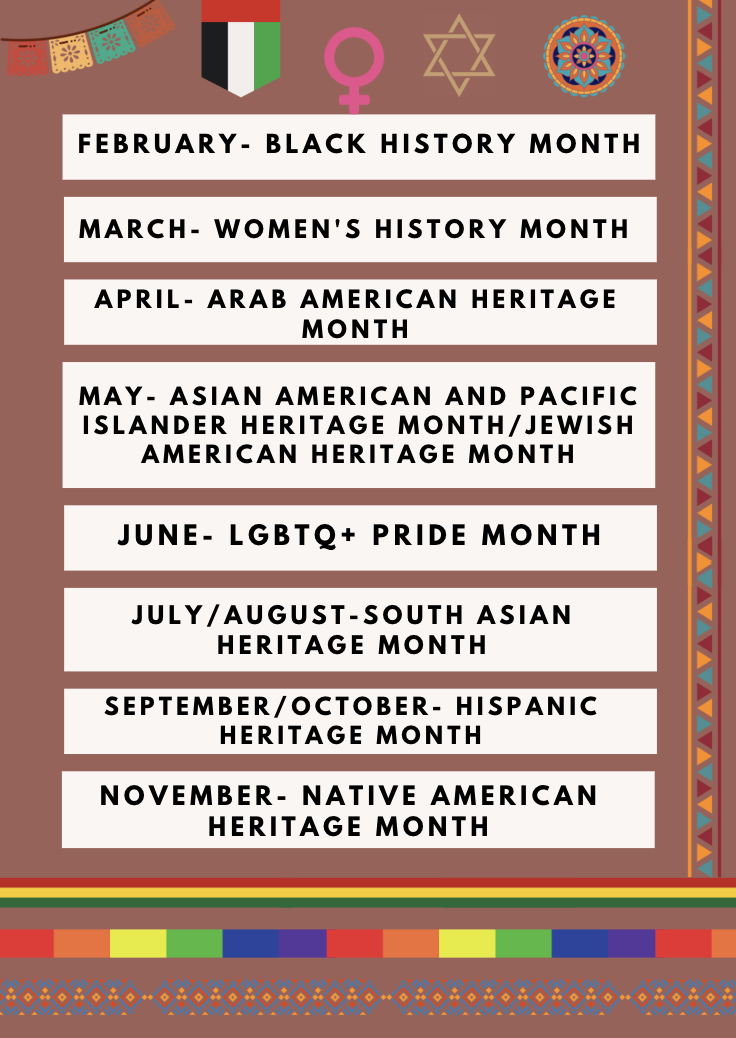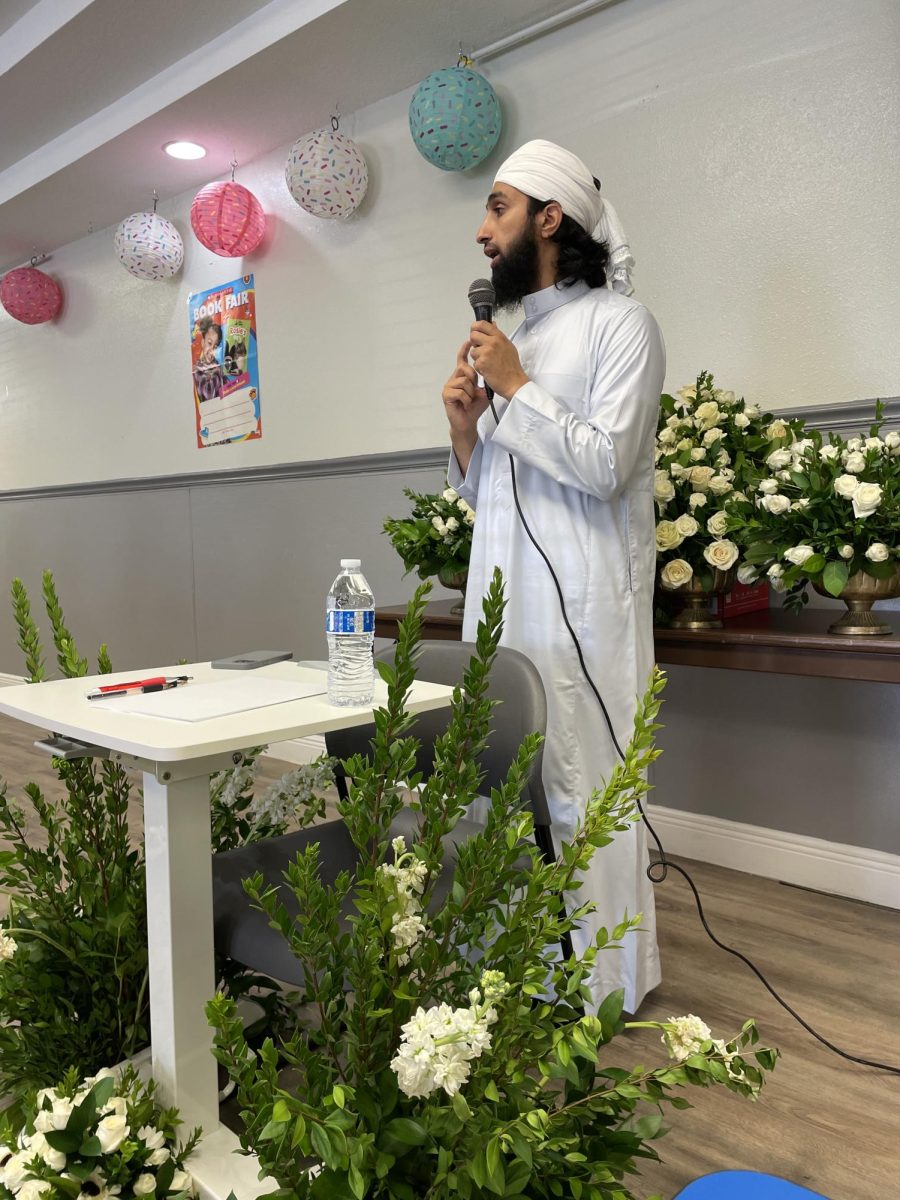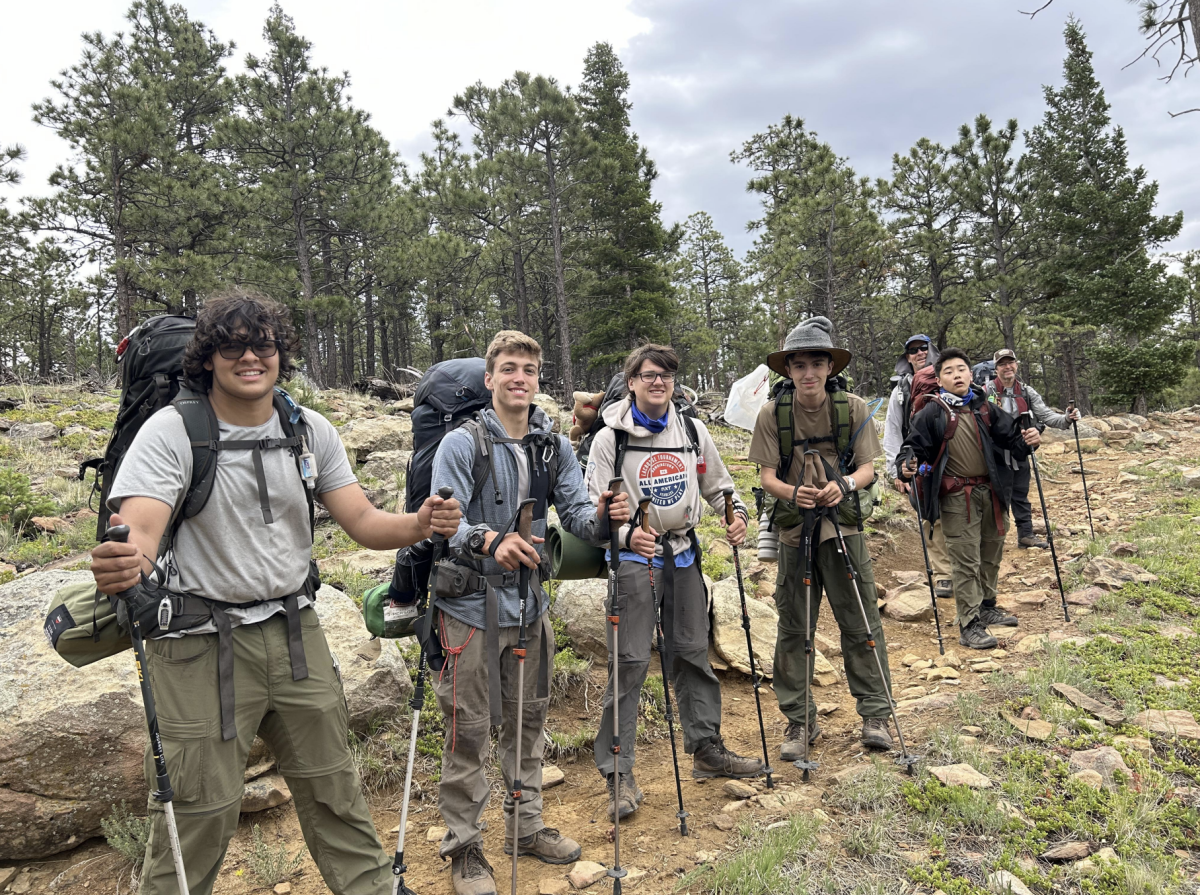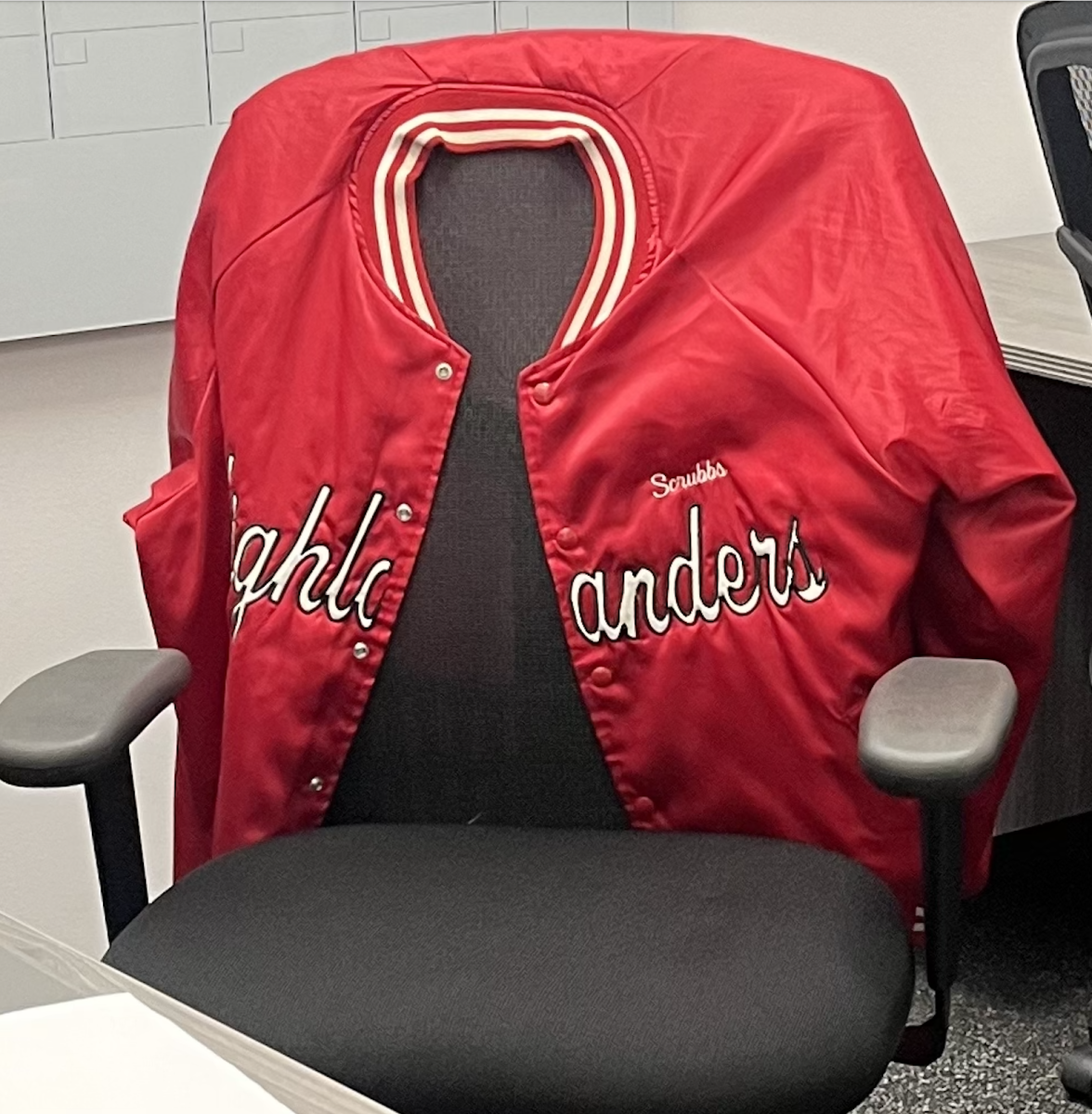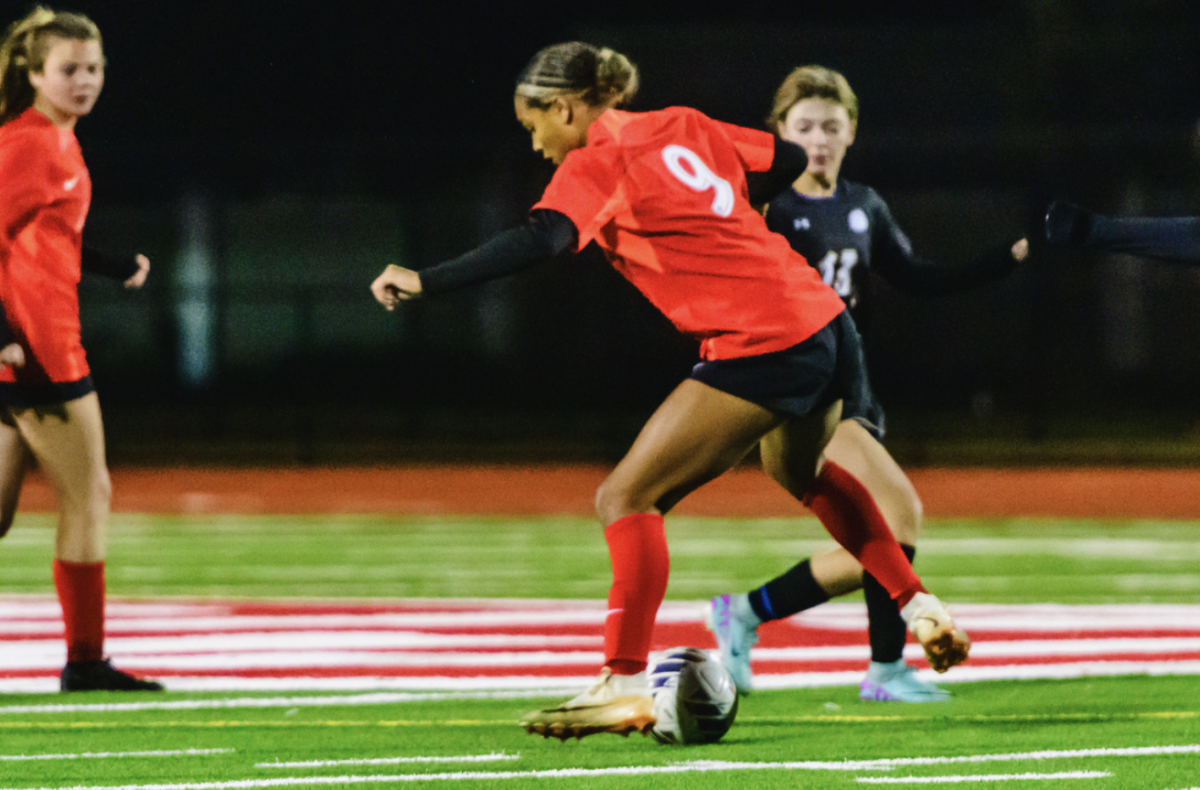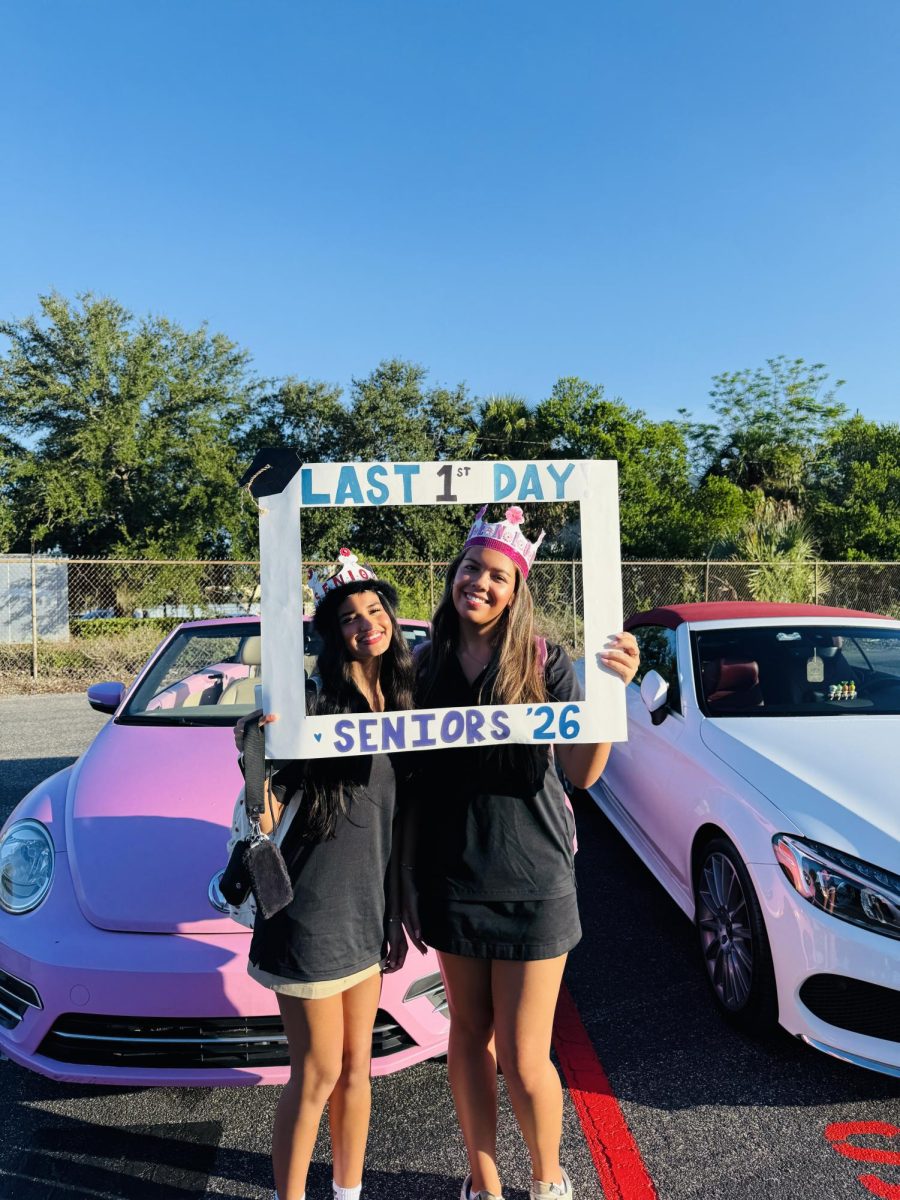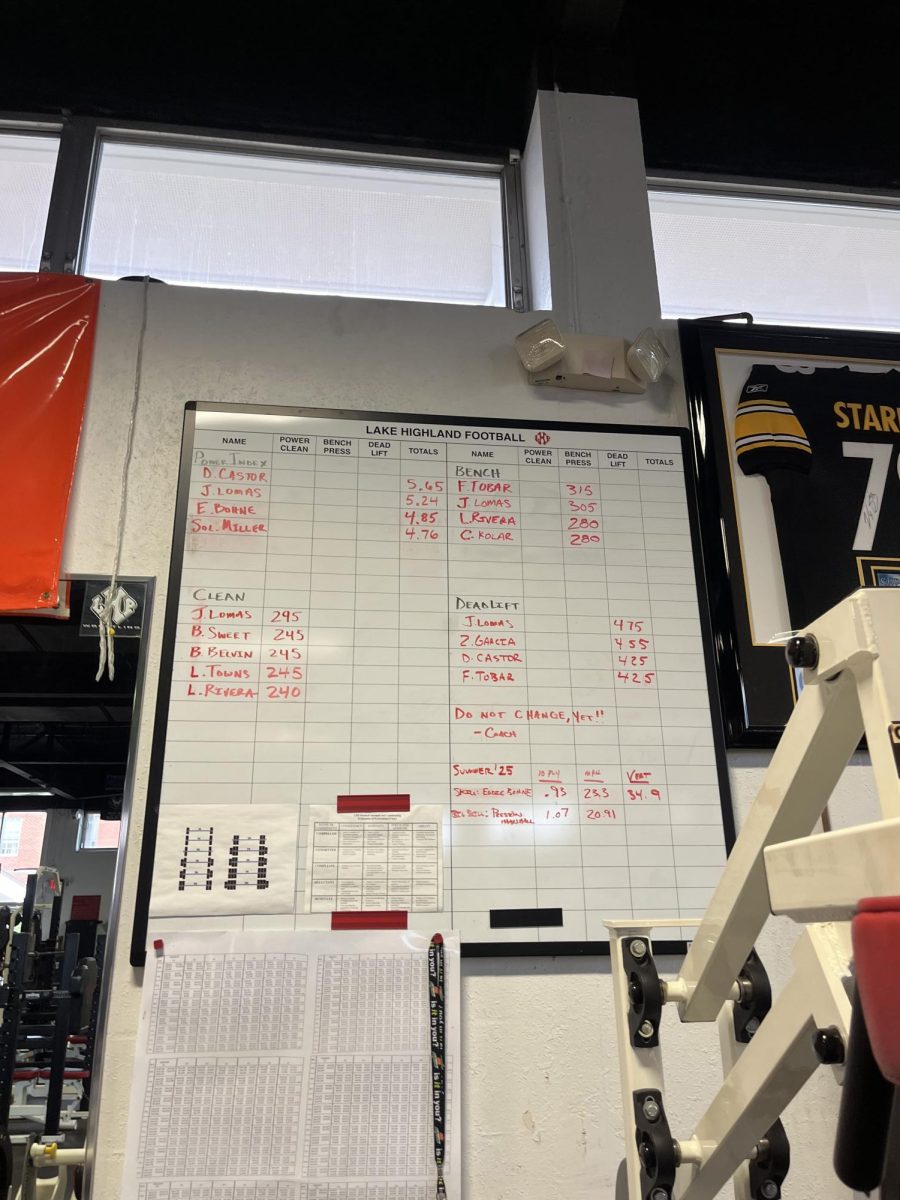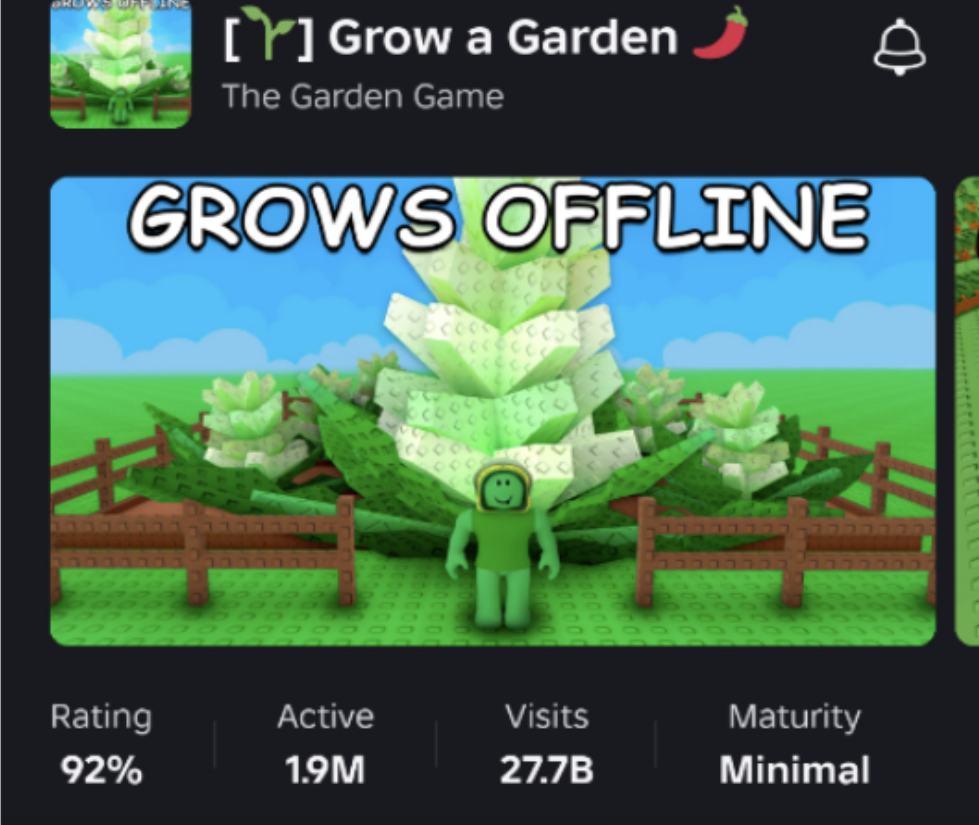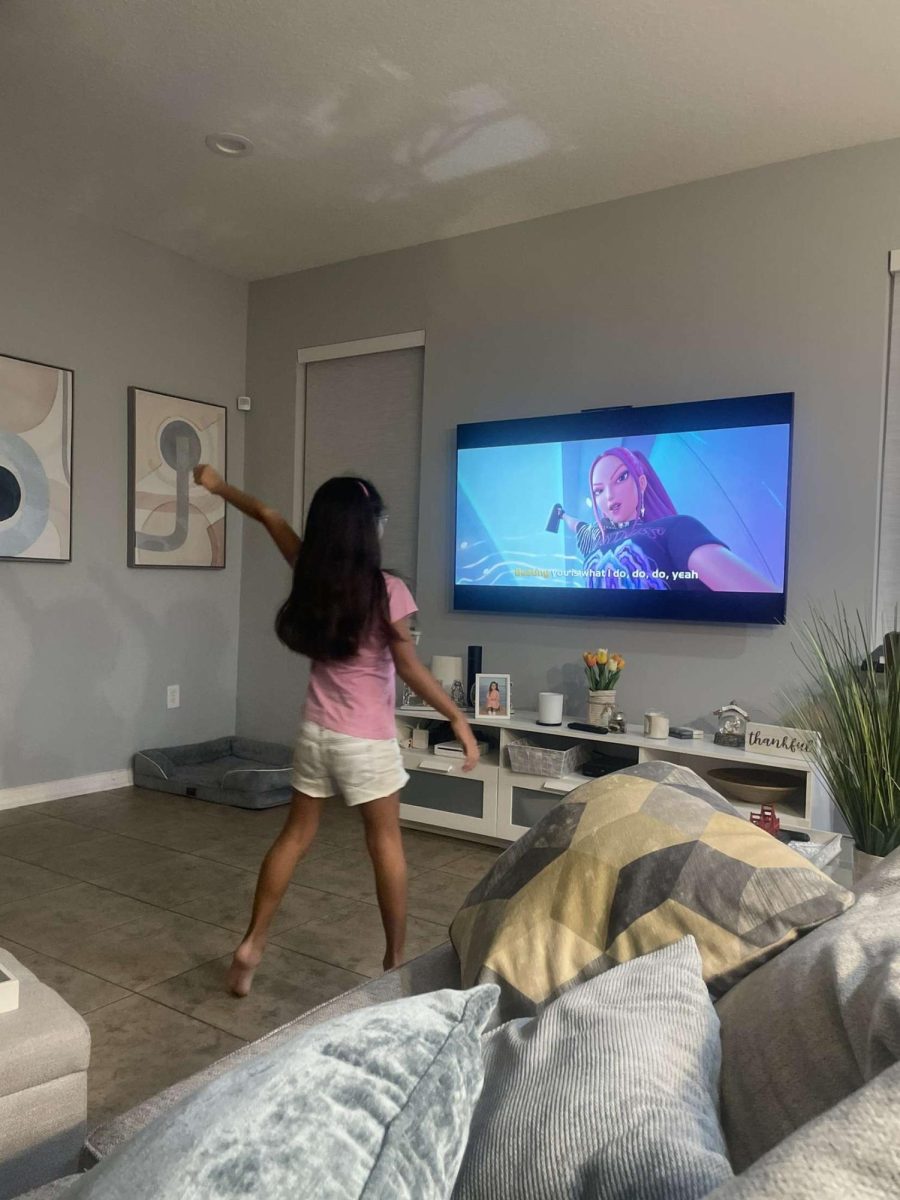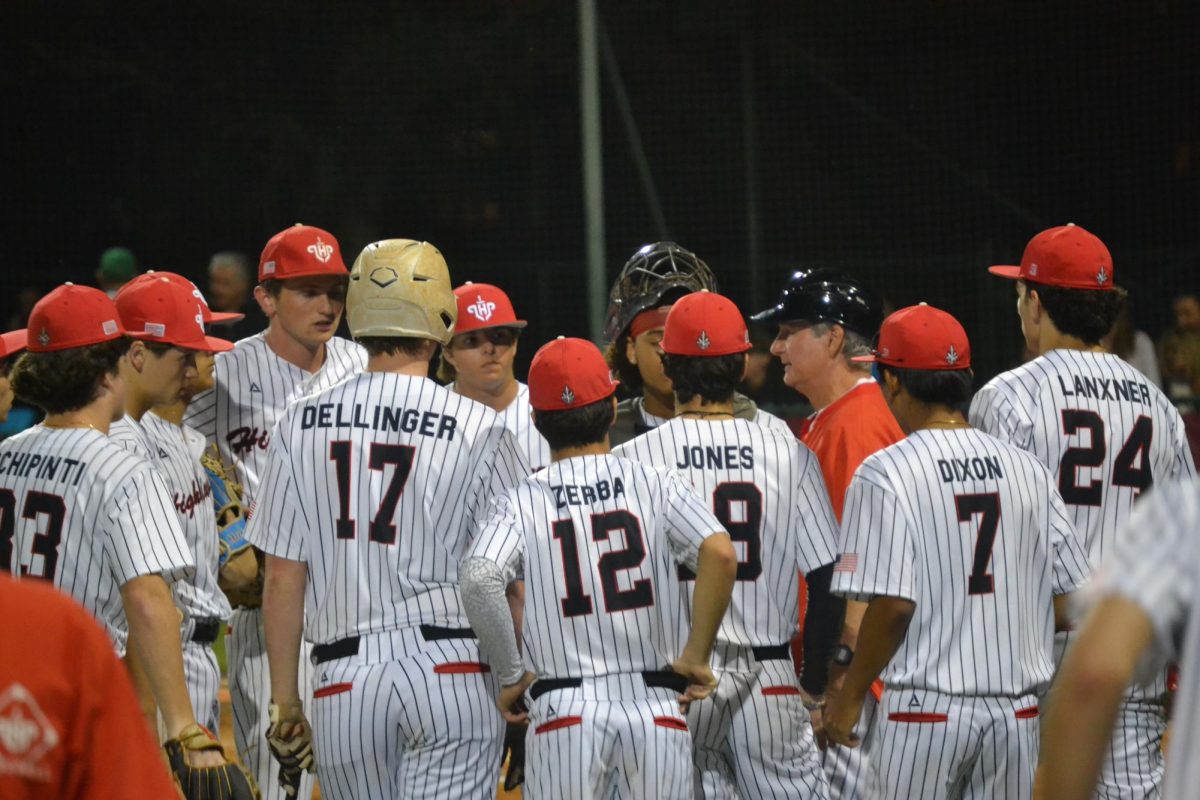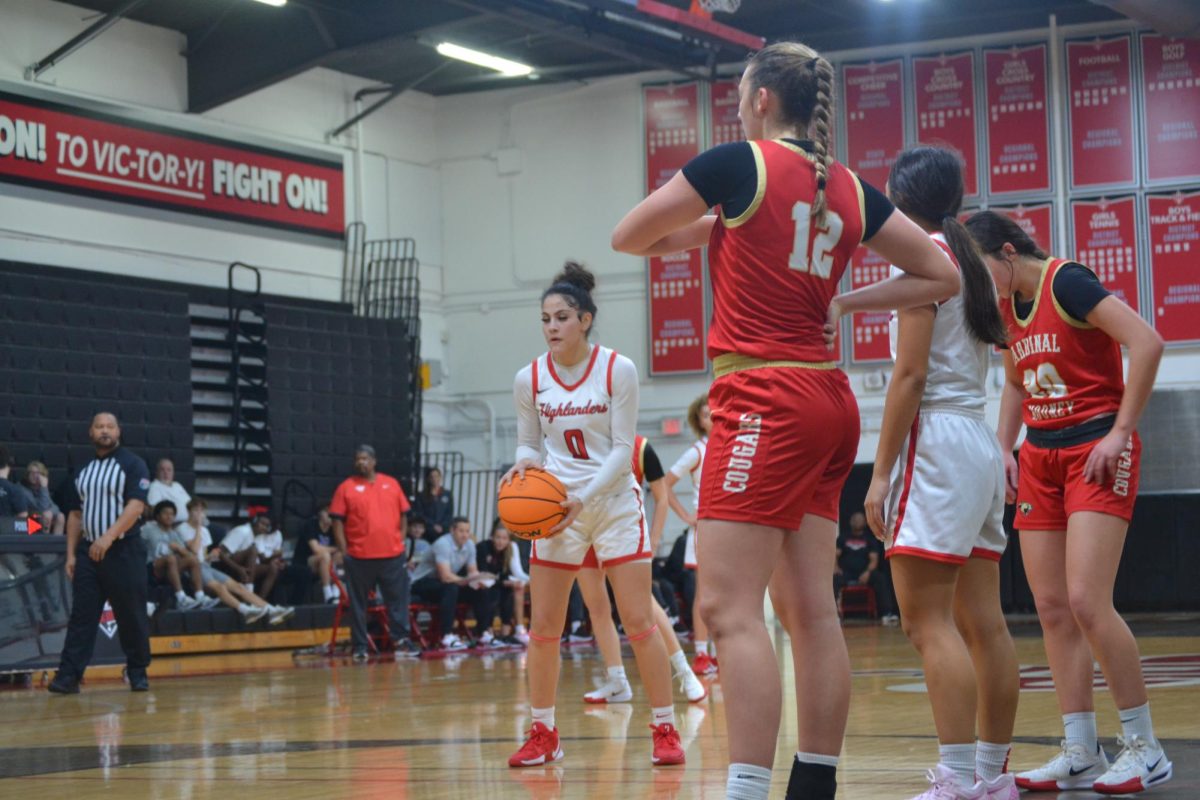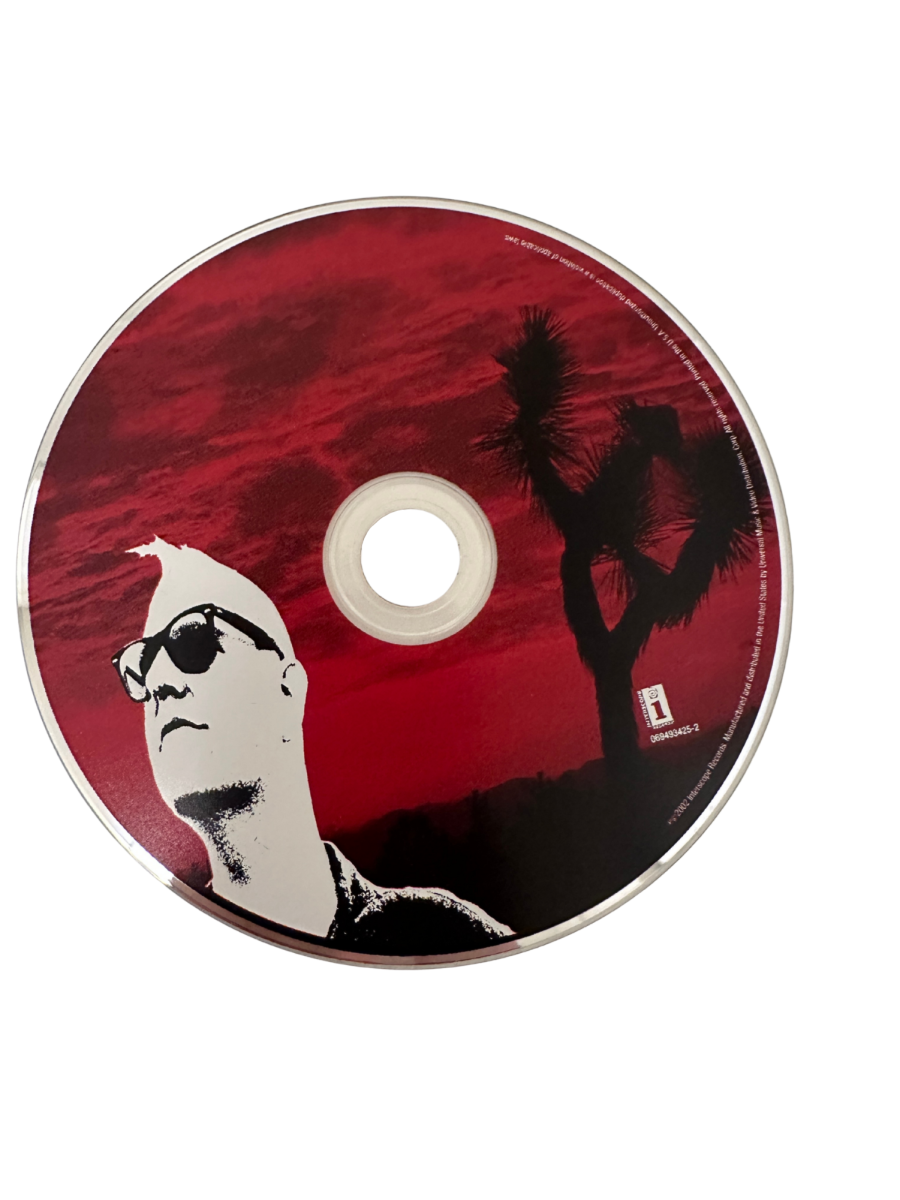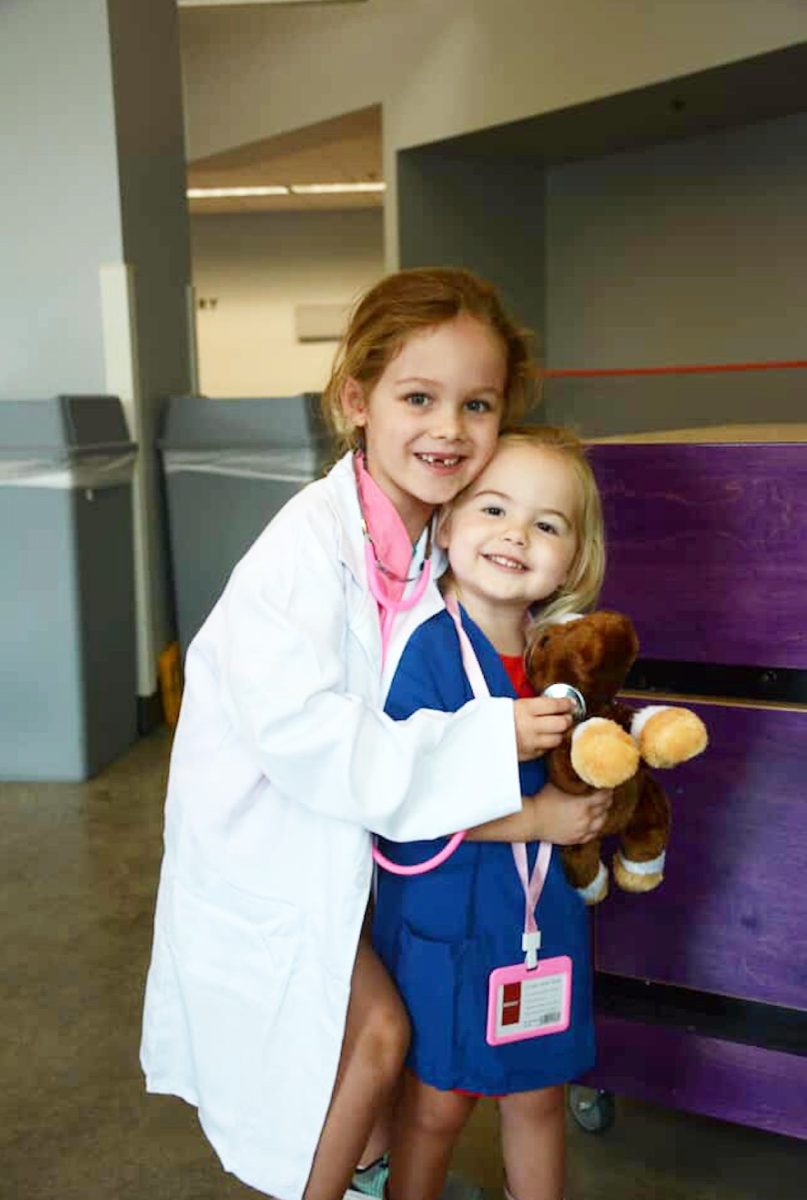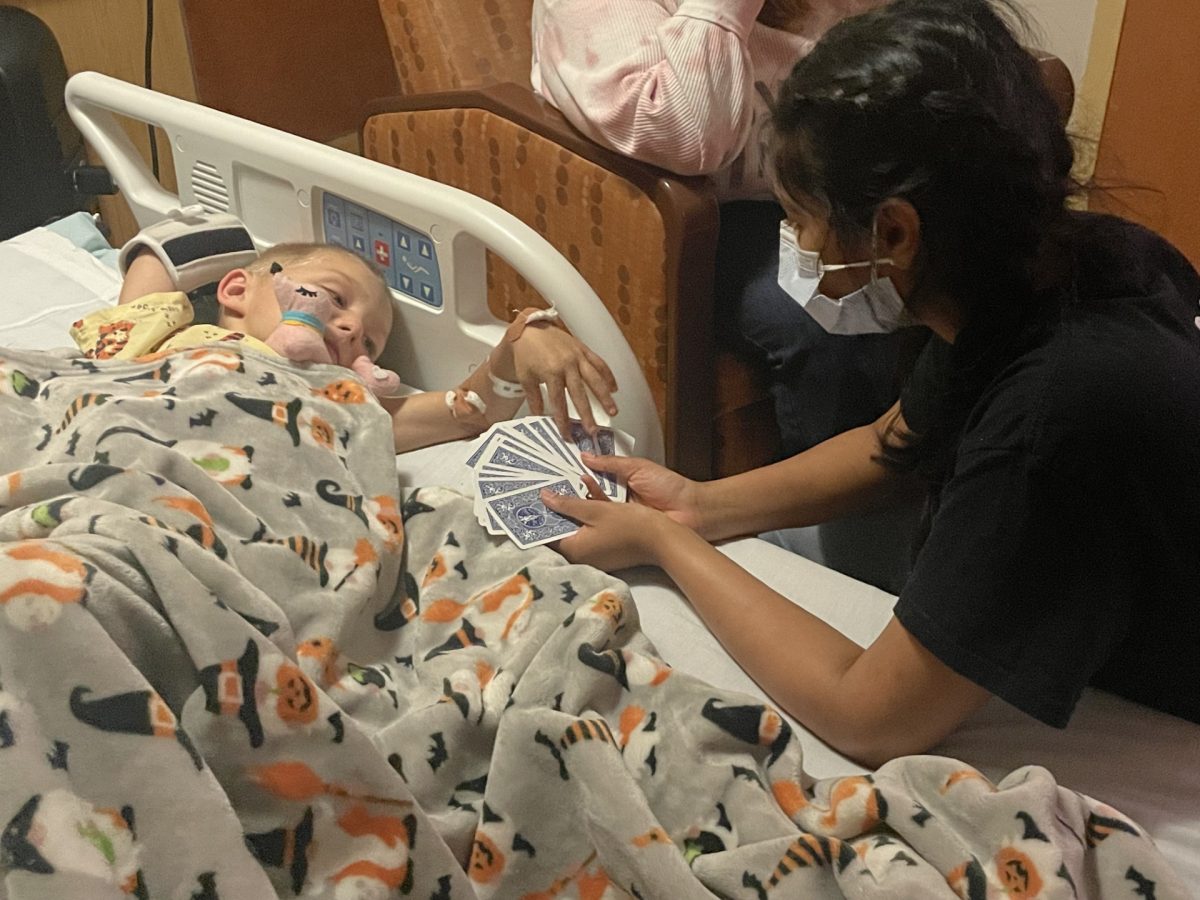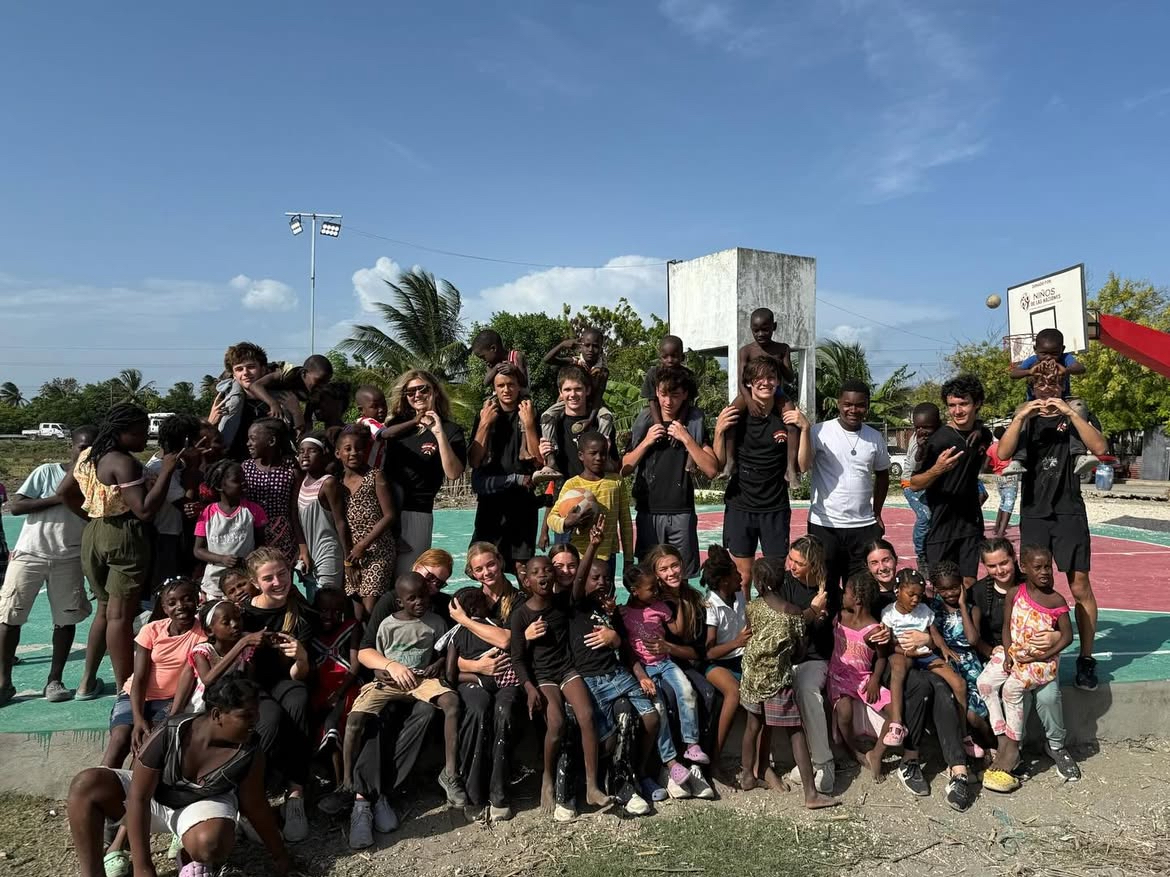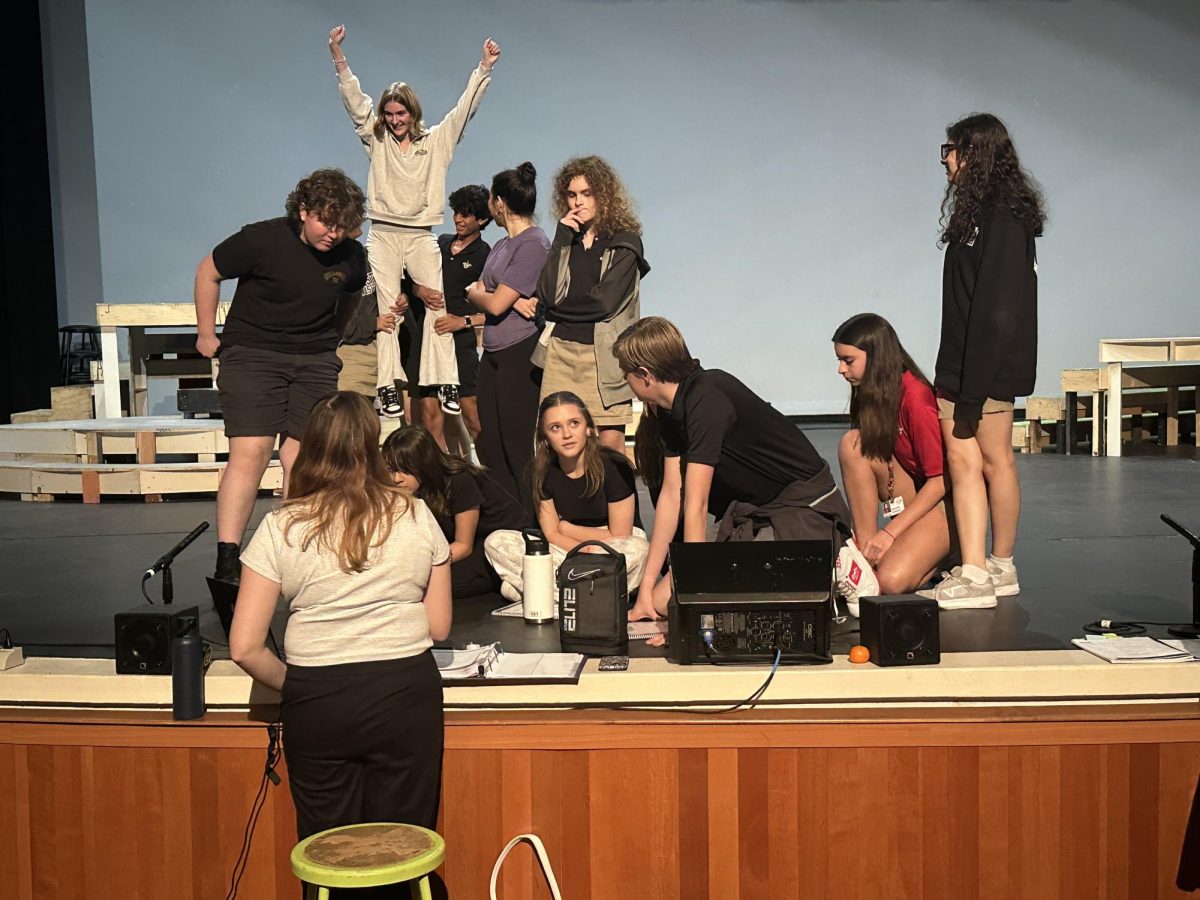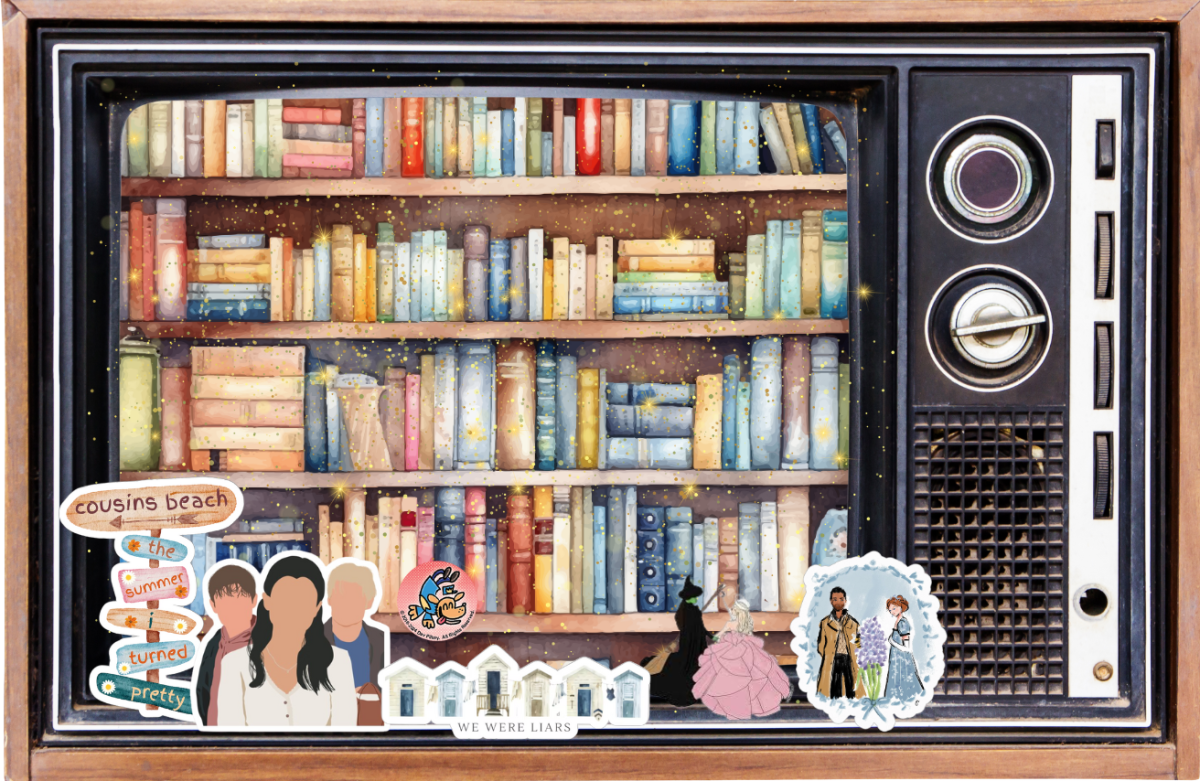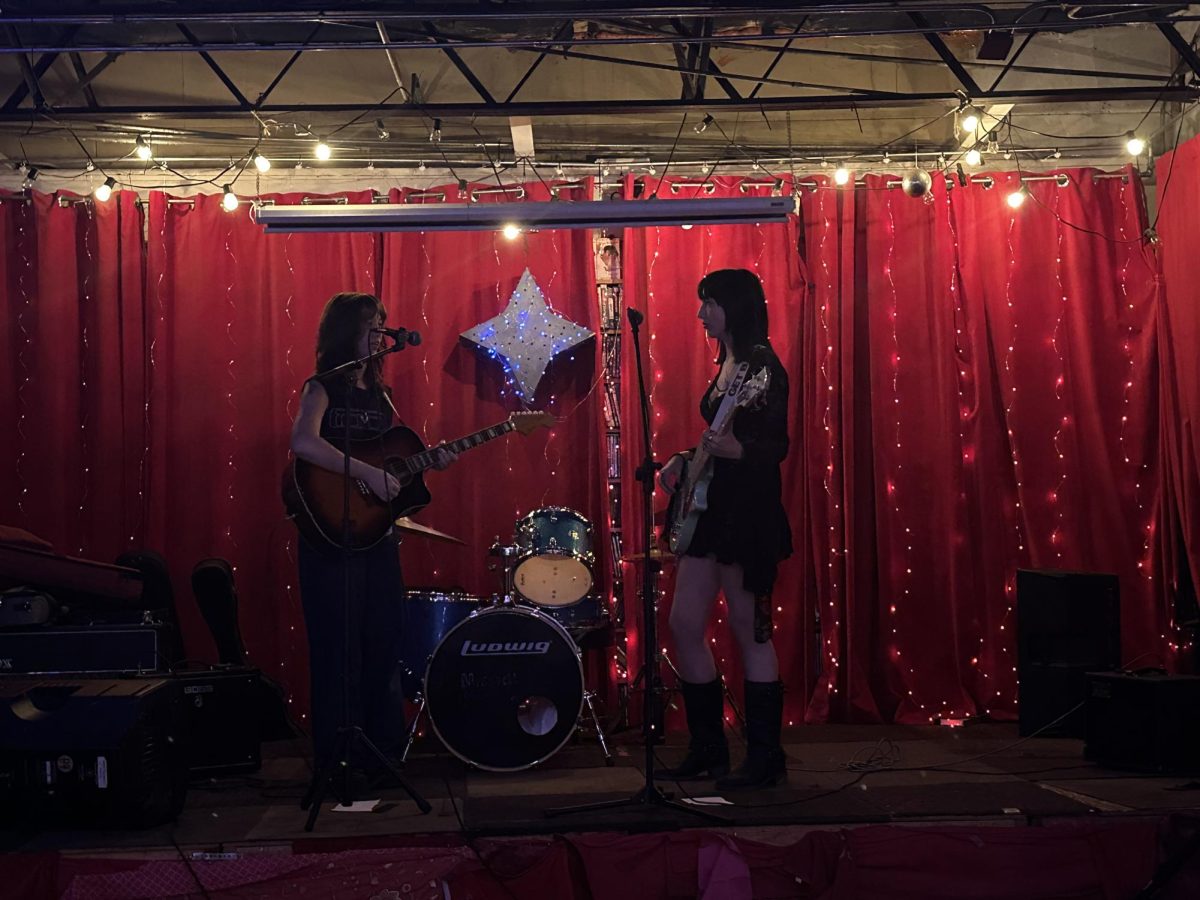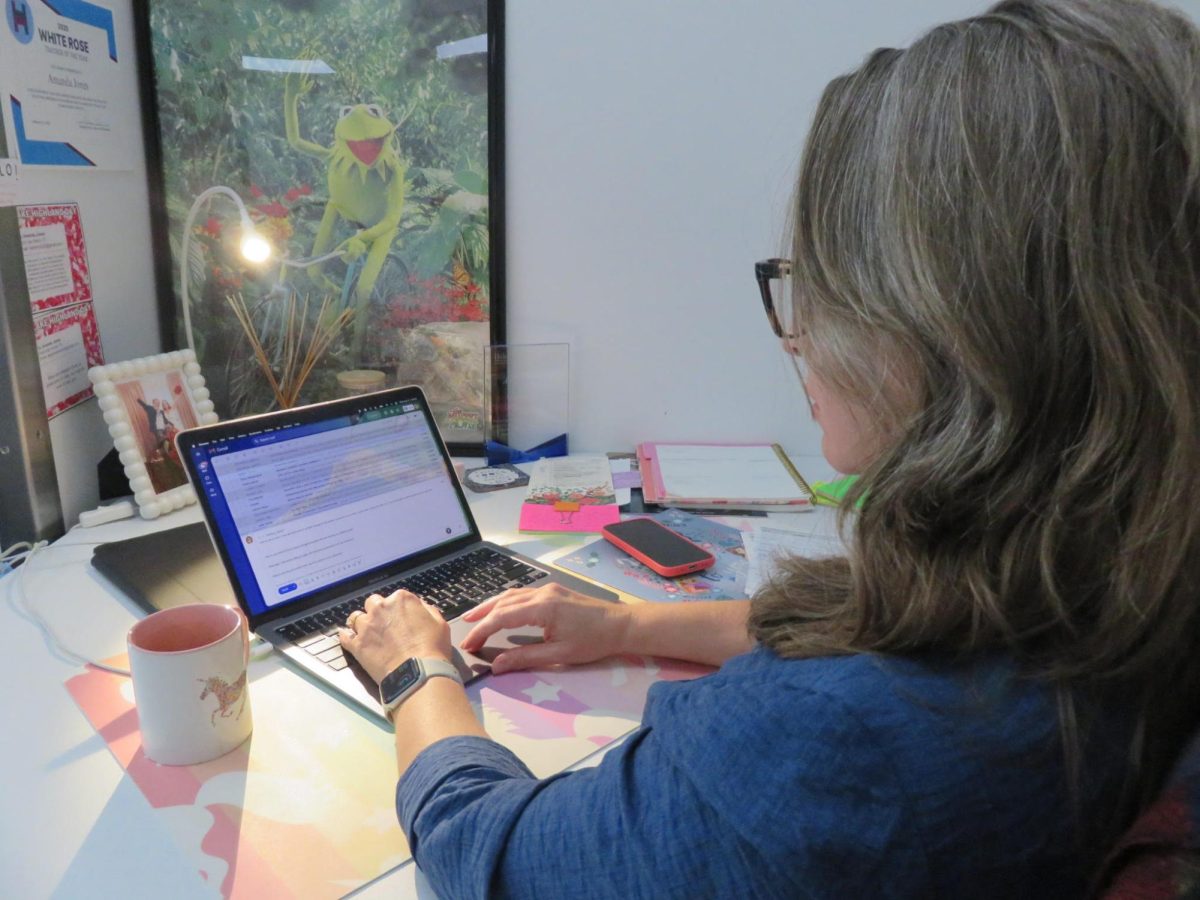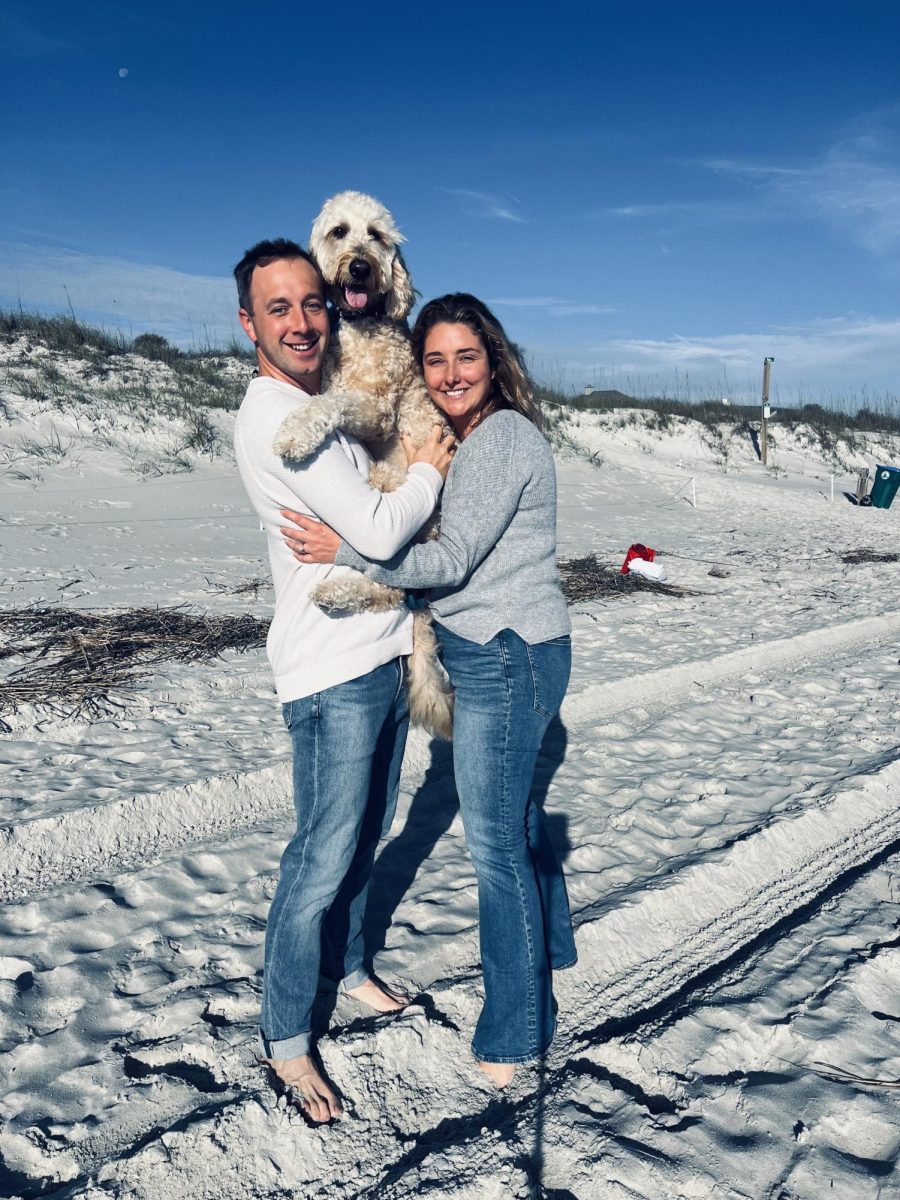Over the past few years, artificial intelligence (A.I.) has become increasingly prevalent in our daily lives. It has shifted from being a figment of our imagination to an everyday tool that shapes how we live, work, and learn. What once felt like science fiction has now become reality. A.I. can help us with history homework, engage in late-night conversations, and even create videos that are almost identical to real life. The clumsy, seven fingered, cartoonish pictures of early A.I. days have now transformed into realistic pictures, voices, and video experiences that blur the line between humans and machines. As technology continues to advance day by day, it begs questions about its place in our society and, more importantly, in the classroom. How will A.I. reshape education? Will teachers embrace it as a new classroom resource or see it as a challenge to traditional learning? And perhaps, most importantly, will it take over the world? Lake Highland faculty and staff share their perspectives to shed light on both the opportunities and challenges of A.I. in the classroom, helping us better understand how the rapidly growing technology of our time might shape the future of education.
Teachers at Lake Highland are already beginning to consider how artificial intelligence might reshape their classrooms, though their perspectives vary widely. The Middle School computer science teacher, Dominic Canora, states that A.I. holds a promise of transforming learning into something more individualized. Teacher Canora explained, “I think A.I. is going to make learning more personalized. To me, the biggest strength of A.I. is that it can have a separate conversation with every student in a classroom at the same time… Something that a teacher just doesn’t have enough time in the day to do.” In other words, when teachers might be stretched thin by busy schedules and large classes, A.I. could step in to provide individualized attention that supports every student at the same time.
Upper School Freshman English teacher, Mrs. Amanda Jones, has also been reflecting on the role of A.I. in her subject area, though with a different focus. “Freshmen are learning the power of their own voices,” she said. “If I were interested in the finished product, I could ask my students to engage with generative A.I. to produce that thing; However, I am adamant that the processes of reading, writing, and thinking are essential,” Mrs. Jones explained. For Mrs. Jones, A.I. has only deepened her belief in the importance of human expression. She said, “Artificial intelligence has made me believe, more than ever, in the importance of the work that we do in English class.” For Mrs. Jones, A.I. doesn’t diminish the importance of her class, but strengthens it. The very presence of A.I. has made her more committed to protecting the space where students wrestle with their own thoughts, learn to express themselves, and develop originality.
When it comes to opportunities for students, both teachers have considered how A.I. can affect learning in the classroom. Teacher Canora sees artificial intelligence as a potential for great accessibility. “I think A.I. is most useful as a free tutor with superhuman patience,” they explained. They see A.I. as especially helpful for students without access to tutors at home. “Big services like ChatGPT having a free tier will help start to level the academic playing field,” Teacher Canora explained. Mrs. Jones takes a more cautious view, admitting that her own attempts to use artificial intelligence have been more mixed. She admitted, “I haven’t yet thought of a way in which A.I. helps students learn.” She noted that when she has tried to use A.I., “It usually ends up creating more work for me.” Her hesitation reflects a broader concern among teachers. If A.I. isn’t carefully integrated, it won’t enhance learning, but complicate it.
Concerns about artificial intelligence are also present in both classrooms. For Teacher Canora, one of the biggest problems is academic honesty. “If ten people use A.I. to do their work for them, the A.I. will give 10 completely different (but often still correct answers), which makes it harder for the teachers to track using traditional tools,” they explained. Mrs. Jones, however, sees the threat in broader terms. She said, “I tell my students that we are living the beginning of every superhero movie. There is an Existential threat to humanity hurling toward us,” she warned. “However, I also remind them that nearly every superhero movie has a sequel. So it is up to someone, in this case, us, to preserve our humanity,” she concluded. Her comparison may seem ironic, but it underscores a real concern. If the use of A.I. goes unchecked, it could shift education and society in unintended directions. Yet even with that warning, she stresses the importance of responsibility, reminding her students that the outcomes depend on human choices, not just technology.
To address these challenges, Lake Highland has already started preparing for a safe and thoughtful way to integrate artificial intelligence. According to Teacher Canora, “Partnering with SchoolAI is a huge step… SchoolAI guarantees that their product is safe for schools.” Still, they believe policies and expectations are just as important as the technology itself. They stated, “The biggest piece of ‘infrastructure’ any school needs to have in place before adopting A.I. is a strong set of policies.” This reflects a growing concern among educators that A.I. isn’t just a tool, but a responsibility. It is one that requires clear rules and boundaries to protect both teachers and students.
Despite their different perspectives, both teachers agree that there are aspects of education that A.I. can never replace. As Teacher Canora put it, “I love building classroom communities and getting to know my students as people, and I firmly believe that A.I. can never replace those connections.” Mrs. Jones echoed this sentiment in her own way, reminding her students that, “Without readers, writers, and thinkers, we will be living the plot of Wall-E.” Although this comparison may be lighthearted, it carries a serious reminder. The human mind and spirit must remain at the center of education, and shouldn’t be overtaken by machines who do the work for us.
As artificial intelligence continues to evolve, it’s clear that its role in education won’t be defined by a single perspective. At Lake Highland, teachers like Teacher Canora see A.I. as a tool to personalize learning and expand access, while teachers like Mrs. Jones emphasize the irreplaceable values of critical thinking and human creativity. Both views, though, highlight an essential truth. The future of A.I. will not only depend on A.I. itself, but also on how it’s balanced, guided, and used by teachers, students, and people around the world. Whether artificial intelligence turns out to be the classroom’s greatest tool or greatest challenge, one thing’s for certain. It will continue to transform the world in ways we never thought possible.

